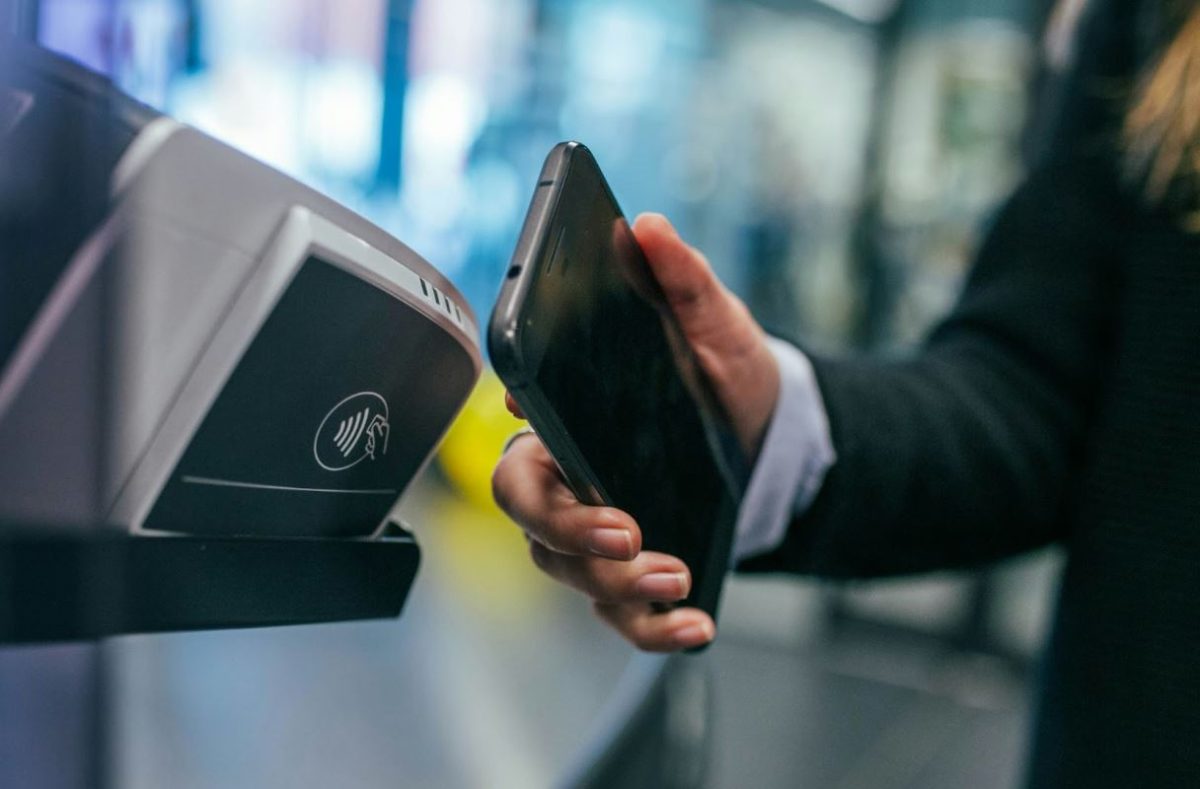Mobile payment technology has been one of the stars of the global fintech industry for years now.
As smartphone advancements continue at a rapid rate, the ability to make contactless payments by just scanning a code or tapping our phones has seen a surge in demand.
This isn’t surprising given how convenient such payment methods are amid the hustle and bustle of modern-day living. While already a booming sector, experts now forecast that the market will hit a massive $300 billion by 2035.
Changing consumer habits and greater digitization across a range of industries are fueling this demand.
Linking Digital Payments to Everyday Platforms
Mobile payment adoption is becoming more of a norm every day. This is especially true in developed countries where online services are more easily accessible. The ability to pay bills, shop, game, and do just about anything online these days has created a gigantic market for mobile payment systems to thrive in. The entertainment sector has also played a key role in this ecosystem.
Many people now prefer options like streaming over pay-per-view or network programming. On the gaming side, online casinos with fastest withdrawal capabilities have begun cornering the digital gambling market in practically every major region of the world. Where players were once forced to wait days for deposits to reflect or winnings to be paid out, mobile payment systems now make them virtually instantaneous. Add on other benefits like crypto options and generous player bonuses and it’s easy to see why iGaming has become one of the standout drivers of the mobile payments sector.
The growth of faster mobile payments isn’t just limited to gaming or online entertainment. Retail and even restaurants are seeing spikes in mobile payments. The convenience of being able to just whip out your phone and tap it to pay for a meal (or virtually anything else these days) is driving huge demand. For now, the use of mobile payments for retail services is far more widespread in developed countries. However, many developing nations are fast catching up.
Drivers of Market Expansion
The predicted growth to $300 billion is built on multiple drivers. First is consumer preference for speed. People no longer want to wait in queues or handle paper-based payments when quicker digital solutions exist. Second is the rise of international commerce. Mobile payment systems that handle cross-border transactions allow businesses to reach global customers without friction. Third is the role of financial institutions and technology firms who see mobile payments as an avenue for both innovation and customer retention.
Emerging markets are another important driver. Countries across Africa, Asia, and Latin America are adopting mobile payment solutions rapidly, often leapfrogging traditional banking systems. In these regions, mobile payments are not simply a convenience but a necessity. This creates a strong base of users that fuels long-term growth.
Security improvements are also contributing. Biometric authentication, tokenisation, and encryption mean that mobile payments today are safer than ever. Trust in security is critical for adoption. As users feel more confident, they are more likely to shift from cash or card-based systems to mobile-first platforms.

Challenges Along the Way
Despite the optimistic forecast, challenges remain. Regulatory environments differ across countries, which can create hurdles for firms hoping to operate globally. Licensing, compliance, and local restrictions add complexity to scaling payment systems. Some regions also struggle with infrastructure gaps, particularly in areas with weak internet connectivity or limited access to reliable banking.
Consumer education is another issue. While modern generations often adopt new technologies quickly, older populations may resist or lack the confidence to make the switch. Companies investing in mobile payments must consider how to make the transition accessible and simple for all demographics.
Long-Term Sentiment
As digital commercial ventures keep expanding, the integration of mobile payment technology is set to grow with it. Far from just hitching along for the ride, mobile payments have become one of the cornerstones of the broader digital services industry worldwide. It’s therefore no surprise that the outlook for mobile payment technology is overwhelmingly positive at present.
Despite the fact that disruptive industries like cryptocurrency threaten to change the course, this will depend on how mobile payments technology reacts. If crypto is seen as competition, the giants of mobile payments may miss a huge opportunity to grow even more. After all, the entire concept of crypto is built on the fact that it all works digitally.
However, either way, the future looks bright since many experts believe that even if crypto becomes mainstream, it won’t completely replace fiat money systems. As a result, mobile payment technology would be better suited to remain open-minded while seeking to hybridize in the future.
Conclusion
By 2023, the mobile payment technology sector is expected to reach a whopping $300 billion. The surge in demand across online services, from streaming to gaming, plays a large part in this ecosystem. As speed, security, and accessibility all improve, fintech companies are all racing to keep improving how fast and efficient their mobile payment offerings are, with new services popping up all the time. Mobile payment systems are shaping the future of commerce, making everyday transactions easier and more connected across the world.







